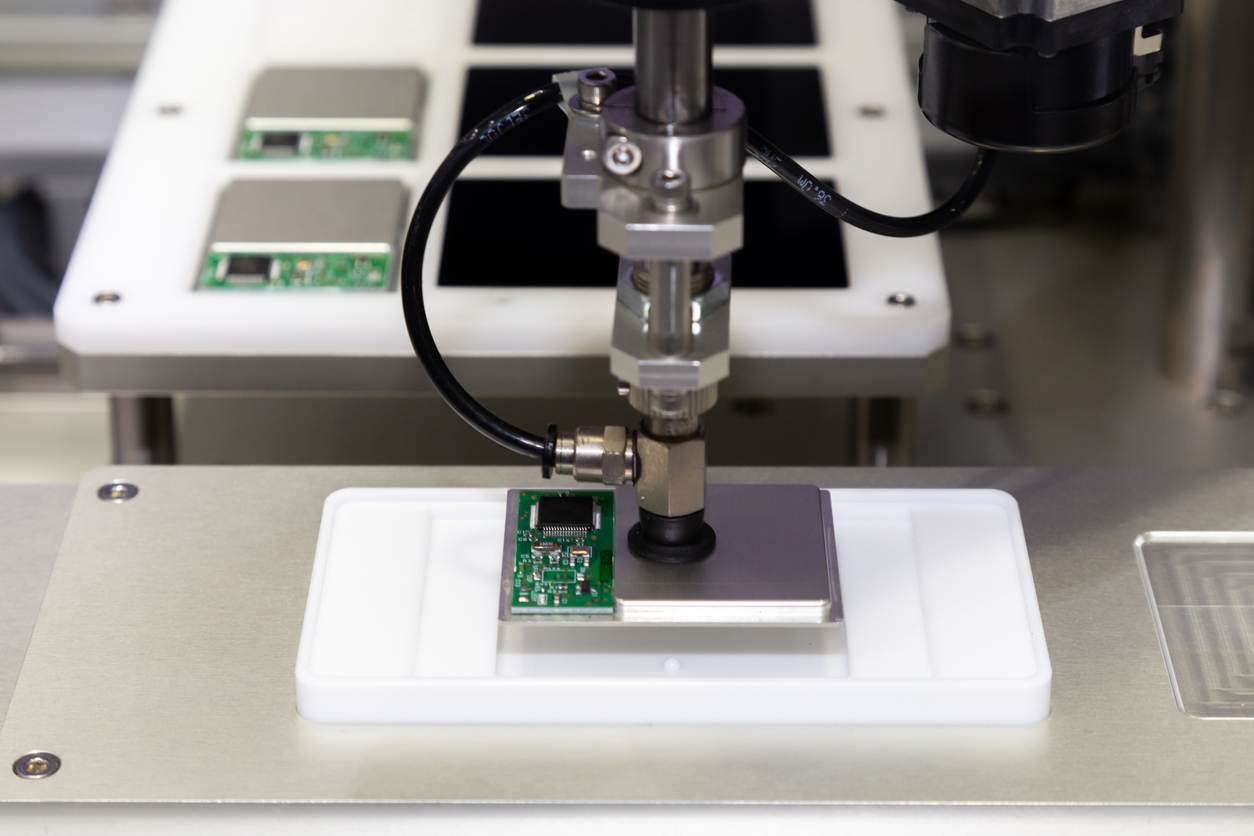
What do Apple and India lose if assembly moves to the US?
India might shift focus from assembling to actual manufacturing, feels Ajay Srivastava, founder of the Global Trade Research Initiative

If Apple CEO Tim Cook decides to shift manufacturing units from India to the US following US President Donald Trump’s advice, it will hurt Apple more than it will hurt India. India, in turn, might shift focus from assembling to actual manufacturing. This is the view of Ajay Srivastava, founder of the Global Trade Research Initiative (GTRI), who outlined these points in a recent report.
How US would benefit
According to the report, if iPhone assembly is moved from India to the US, it could immediately create 60,000 new jobs in the US. If manufacturing also shifts from China, the number could rise to 3,00,000. These won’t be high-tech jobs, but factory-floor roles similar to those that once existed in the US. This could strengthen America's industrial base. At the same time, India would be pushed to move beyond assembling and focus on core manufacturing.
Also Read: Apple's India investment plans intact despite Trump's remark: Report
On May 15, at a business event in Doha, Qatar, Trump revealed that he told Apple CEO Tim Cook not to manufacture iPhones in India.
He said, “I don’t want you to make them in India. They can take care of themselves.”
Trump wants Apple to manufacture iPhones within the US.
Who earns how much?
According to GTRI, the production of every $1,000 iPhone involves contributions from multiple countries. Apple earns around $450 through design, software, and branding. American companies Qualcomm and Broadcom collectively make about $80. Taiwan earns $150 for chip manufacturing, South Korea receives $90 for screens and memory, and Japan makes $85 from supplying the camera. Countries like Germany, Vietnam, and Malaysia provide components worth $45.
Also Read: Don't want you building in India, Trump tells Apple CEO
Now, coming to China and India — both are leaders in iPhone assembly but earn only $30 per phone, which is just 3 per cent of the value. Yet, the majority of the labour force is involved in this stage. In China, 3,00,000 people work on iPhone assembly, while in India the number is about 60,000. Trump wants to bring this job segment to the US, which would generate large-scale employment.
US wage cost 13 times higher than India’s
However, this move would increase the cost of making iPhones. In India, a worker earns about $230 per month, whereas in the US the figure could be around $2,900 — about 13 times higher. This would push the iPhone’s assembly cost from $30 to $390 per unit.
Also Read: Apple to source, produce all its mobile phones in India in years to come: Scindia
If Apple chooses not to raise iPhone prices, its profit could drop from $450 to just $60 per unit. So, the question is — should Apple accept lower profits to bring factory jobs back to America?
Ajay Srivastava of GTRI believes the answer is yes — for three good reasons. Most high-tech companies don’t create many domestic jobs as their operations are offshored. But assembling iPhones in the US could create employment for hundreds of thousands. This would benefit the US economy. Even if Apple earns less, the money would circulate within the US through wages, transportation, and local services.
Also Read: Apple to double annual iPhone output in India by end of 2026 amid trade war
Currently, India earns only $30 per iPhone, much of which is spent on subsidies to Apple. To appease companies like Apple, the Indian government also reduces taxes, putting local firms at a disadvantage. If Apple pulls out, India would be forced to invest in real manufacturing — chips, displays, and batteries. This would help reduce the trade deficit between India and the US, a key concern for Trump. For every iPhone sold in the US, India earns only $30, while the US perceives the rest of the $1,000 as its own loss.
(This copy originally appeared in The Federal Desh)

